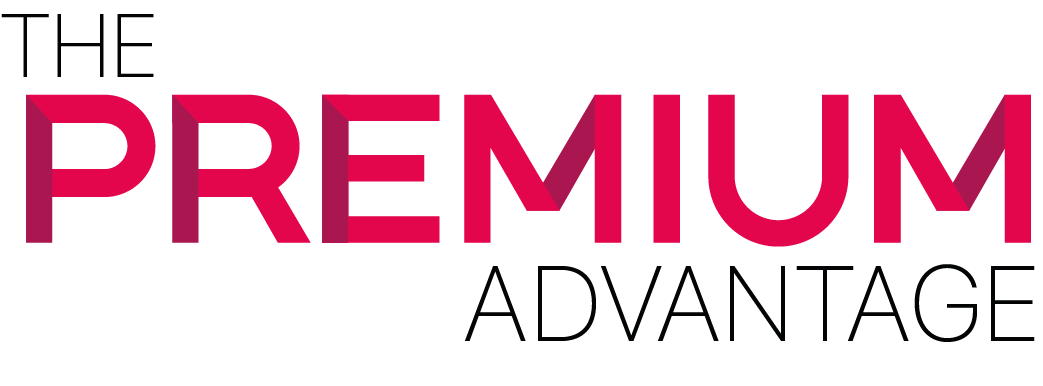In our previous blog, we discussed evaluating your finances for a stronger financial future. Now that you have created a budget and know how much you are spending where. Have you thought about how your financial allocation compares to the amount you should ideally spend and save? That is where the 50/30/20 budget rule comes in to help you create a budget that works for you.
A percentage-based budget divides your monthly earnings into percentages that go towards expenses, savings, and other categories that fit your lifestyle. This budget rule takes after-tax earnings to help predict how you should allocate funds to effectively pay all your bills and save money. It may not work for you if you are in-between jobs or if financially things are tight for you. If you have leftover income this budget rule will work for you, but you need to be flexible and disciplined.
The 50/30/20 Budget Rule
- Budget 50% towards your needs these are typically food, rent, car loan, insurance and monthly utilities. You must differentiate between which expenses are a need and those that are a want. Basically, any payment that you can forgo with only minor inconveniences such as a cable bill is a want. Any payment that would severely impact your quality of life such as electricity is a need. You may not have all these expenses or even have other expenses to add to your list. In general, half of your take home pay go towards these necessities. Total up this amount and what you may have remaining set aside for other needs.
- Budget 30% towards your wants what you want or personal expenses. This does not mean that you can splurge on trips or expensive clothes but the wants of your daily life. These include a cell phone plan, cable bill, dining out or gym membership. You make think that these purchases are important to you, but they are optional.
- Budget 20% towards saving money. This can be from adding money to a savings account or contributing to your retirement plan. You can also use this money to start a debt payment plan to make an extra payment towards reducing your debt.
